Driving into Mexico can be a convenient and scenic way to begin your adventure, whether you’re relocating or visiting for a short-term stay. The U.S. and Mexico border features dozens of vehicle crossings, some of which are busier and more frequently used than others. Understanding the different options, their operating hours and how to prepare can help you have a smooth experience.
In this article, we’ll cover the most frequently used border crossings as well as other less-traveled but important points of entry for passenger vehicles. We’ll also include useful online resources to assist with preparation and provide real-time updates.
Frequently Used Border Crossings Between the U.S. and Mexico
These are typically the busiest and most popular crossings, often located near major U.S. and Mexican cities. They typically operate 24 hours and offer facilities for both vehicle and pedestrian traffic.
San Ysidro (California) to Tijuana (Baja California):
-
- Location: Connects San Diego, California, with Tijuana, Baja California.
- Hours of operation: Open 24 hours for both vehicle and pedestrian traffic.
- Notes: One of the world’s busiest land border crossings. It’s advisable to check border wait times through apps or official websites due to heavy traffic.
Calexico (California) to Mexicali (Baja California):
-
- Location: Connects Calexico, California with Mexicali, Baja California. There are 2 key crossings: Calexico West and Calexico East.
- Hours of operation: East port is open 24 hours for vehicles; West port from 6 AM to 10 PM.
- Notes: A primary entry point for those traveling to the Baja Peninsula or heading towards mainland Mexico.
Tecate (California) to Tecata (Baja California):
-
- Location: Links Tecate, Baja California, with Tecate, California.
- Hours of operation: Open 5 AM to 11 PM daily.
- Notes: A quieter alternative to the San Ysidro and Otay Mesa crossings, perfect for travelers heading into Baja California
Nogales (Arizona) to Nogales (Sonora):
-
- Location: Links Nogales, Arizona, to Nogales, Sonora. There are several crossings and the Mariposa crossing is very popular because it allows you to bypass town.
- Hours of operation: Open 24 hours for passenger vehicles.
- Notes: A popular crossing for travelers heading to the state of Sonora or further south along the West coast.
El Paso (Texas) to Ciudad Juárez (Chihuahua):
-
- Location: Multiple crossing points between El Paso, Texas, and Ciudad Juárez, Chihuahua, including the Bridge of the Americas and Ysleta-Zaragoza.
- Hours of operation: Most crossings are open 24 hours.
- Notes: Ciudad Juárez is a major city, making this one of the busiest crossings for travel deeper into central Mexico and beyond.
Eagle Pass (Texas) to Piedras Negras (Coahuila):
-
- Location: Connects Eagle Pass, Texas with Piedras Negras, Coahuila.
- Hours of Operation: Open 24 hours.
- Notes: An important crossing for travelers heading to the interior of Mexico, particularly the state of Coahuila.
Laredo (Texas) to Nuevo Laredo (Tamaulipas):
-
- Location: Connects Laredo, Texas, with Nuevo Laredo, Tamaulipas. 4 bridges, including Colombia, handle vehicle traffic.
- Hours of operation: 24 hours for most crossings.
- Notes: One of the busiest crossings and a key point for those traveling further into Mexico, including Monterrey and beyond.
Brownsville (Texas) to Matamoros (Tamaulipas):
-
- Location: Several crossings connect Brownsville, Texas, with Matamoros, Tamaulipas, including the Gateway International Bridge.
- Hours of operation: Open 24 hours.
- Notes: Popular for entry into northeastern Mexico, particularly for those visiting the state of Tamaulipas.
Less Frequently Used Border Crossings
While these crossings may not handle the same volume as those listed above, they are still vital entry points for those driving into Mexico. These crossings can offer quicker processing times due to lower traffic.
Douglas (Arizona) to Agua Prieta (Sonora):
-
- Location: Connects Douglas, Arizona with Agua Prieta, Sonora.
- Hours of operation: Open 24 hours.
- Notes: An important crossing for travelers entering northern Sonora.
Bisbee (Arizona) to Naco (Sonora):
-
- Location: Connects Bisbee, Arizona with Naco, Sonora.
- Hours of operation: Open 24 hours.
- Notes: A smaller, less trafficked crossing, offering an easy alternative to nearby larger ports of entry.
Lukeville (Arizona) to Sonoyta (Sonora):
-
- Location: Connects Lukeville, Arizona with Sonoyta, Sonora.
- Hours of operation: Open 6 AM to midnight daily.
- Notes: A popular route for those traveling to the Puerto Peñasco (Rocky Point) beach area.
Santa Teresa (New Mexico) to San Jerónimo (Chihuahua):
-
- Location: Connects Santa Teresa, New Mexico, with San Jerónimo, Chihuahua.
- Hours of operation: Open daily from 6:00 a.m. to 10:00 p.m. for passenger vehicles and commercial traffic.
- Notes: A modern and efficient crossing often used as an alternative to the busier El Paso ports of entry, ideal for travelers heading to northwestern Mexico.
Hidalgo/Pharr (Texas) to Reynosa (Tamaulipas):
-
- Location: Connects Hidalgo and Pharr, Texas with Reynosa, Tamaulipas.
- Hours of operation: Open 24 hours for passenger vehicles.
- Notes: A major crossing for travel into northeastern Mexico.
Del Rio (Texas) to Ciudad Acuña (Coahuila):
-
- Location: Connects Del Rio, Texas with Ciudad Acuña, Coahuila.
- Hours of operation: Open 24 hours for vehicles.
- Notes: A quieter crossing compared to others, offering a more relaxed experience.
Presidio (Texas) to Ojinaga (Chihuahua):
-
- Location: Connects Presidio, Texas with Ojinaga, Chihuahua.
- Hours of operation: Open 24 hours.
- Notes: This crossing is often used by those heading into the interior regions of Chihuahua.
Additional Crossings – Central America
Mexico also shares borders with Guatemala and Belize, offering additional vehicle crossings for those entering from Central America. This is not a comprehensive list but some of the crossings that are used.
Talisman (Chiapas) to El Carmen (Guatemala):
-
- Location: This crossing is ideal for those heading into southern Mexico, particularly the state of Chiapas.
Las Champas (Chiapas) to La Mesilla (Guatemala):
-
- Location: Popular for travelers entering Chiapas, heading toward San Cristóbal de las Casas.
Subteniente López – Chetumal (Quintana Roo) to Sta Elena (Belize):
-
- Location: A key entry point into Mexico’s Yucatán Peninsula for those traveling from Belize.
What You Need to Cross the Border in a Vehicle
When crossing into Mexico, it’s important to ensure you meet all the necessary requirements for a smooth experience. Documents you will need, at a minimum:
-
- Passport: You and your passengers must carry valid passports.
- Vehicle permit: The Importación Temporal de Vehículo, which is more commonly referred to as a TIP. A TIP is required if you’re traveling beyond the border (“free”) zone. The TIP can be obtained at border crossings or online via Banjercito’s website. Please note that the process is slightly different for a tourist versus a temporary resident card holder. This is not applicable for permanent resident card holders.
- Vehicle insurance: Mexican law mandates all drivers carry Mexican liability insurance. This can be purchased online or at border crossings. Your auto insurance policy or credit card insurance from your home country will not cover you here.
- Forma Migratoria Múltiple (FMM): If you’re traveling outside the border zone, you’ll need to obtain a tourist FMM, available at the border or online. The FMM typically does not apply to individuals with temporary or permanent residency, unless you are entering the country with a visa sticker in your passport from a Mexican consulate. In which case, you will need to obtain a FMM marked CANJE (“exchange”) in order to finalize your residency. Or if you are already a temporary or permanent resident, and are planning on exiting and returning to Mexico, you are required to report your exits and re-entries with immigration – Instituto Nacional de Migración (INM), in which case you will get a FMM depending on if you are traveling via land or air. Please note that paper FMMs are no longer issued at airports. They are only being issued at land border crossings but this could change in the future. However, some airports (such as BJX and QRO) and still using paper FMMs for temporary and permanent residents for “check-out” and “check-in”.
Helpful Online Resources
There are multiple online resources that are available to help you plan and navigate your border crossing effectively:
-
- U.S. Customs and Border Protection (CBP) website: The U.S.’s official federal government agency responsible for all matters related to customs and international borders, including providing real-time information on wait times, entry requirements, and more.
- Banjercito: Mexico’s official federal government agency responsible for providing financial and banking services to the military, including administering TIPs for foreign vehicles. Banjercito falls under the Secretaría de la Defensa Nacional (SEDENA), which is Mexico’s department of national defense.
- Aduanas: Mexico’s official federal agency responsible for customs and border control, overseeing the import and export of goods while ensuring compliance with relevant laws and regulations. It plays a critical role in collecting customs duties, preventing smuggling, and facilitating legitimate trade. Aduanas operates under the Servicio de Administración Tributaria (SAT), which is part of the Secretaría de Hacienda y Crédito Público (SHCP), Mexico’s Ministry of Finance and Public Credit.
- Gob.mx: Mexico’s official federal government portal with details on all government matters, including information on temporary vehicle import permits, customs regulations, and border updates.
- Mobile apps: CBP’s Border Wait Times app provide real-time updates on wait times at various crossings.
- Facebook groups: There are numerous Facebook groups, like “On the Road in Mexico” and “PanAmerican Travelers Association” where travelers share real-time tips, updates and personal experiences.
Conclusion
Understanding the various vehicle border crossings into Mexico, their operating hours, and the documents required can make your journey much smoother. Whether you’re entering Mexico through a major port of entry like Laredo/Nuevo Laredo or a quieter crossing like Presidio/Ojinaga, preparation is key.
Use the resources mentioned above to stay informed on real-time updates. By carefully planning your trip, you’ll ensure a seamless transition into Mexico, whether you’re moving, vacationing or exploring the country for the first time.
Please feel free to leave us a comment below, if there are any other noteworthy border crossings that we should include on this list. We would love to hear from you! Additionally, if you found this article helpful, consider sharing it with others who might benefit from it. A quick share goes a long way in helping others discover useful information!

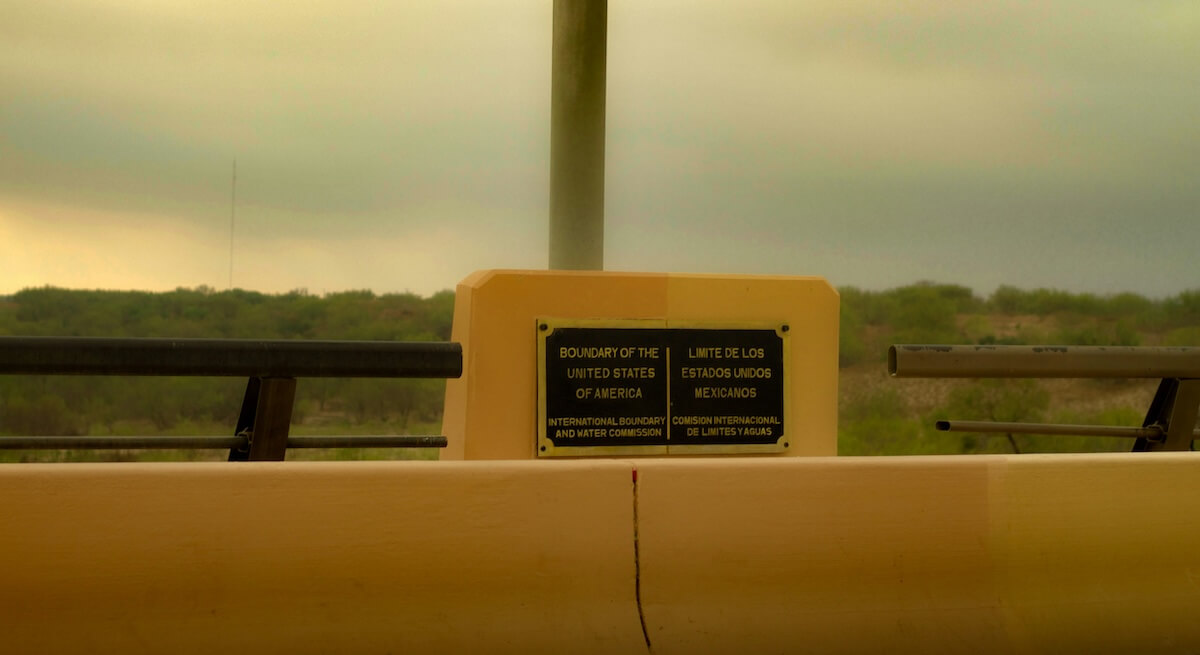
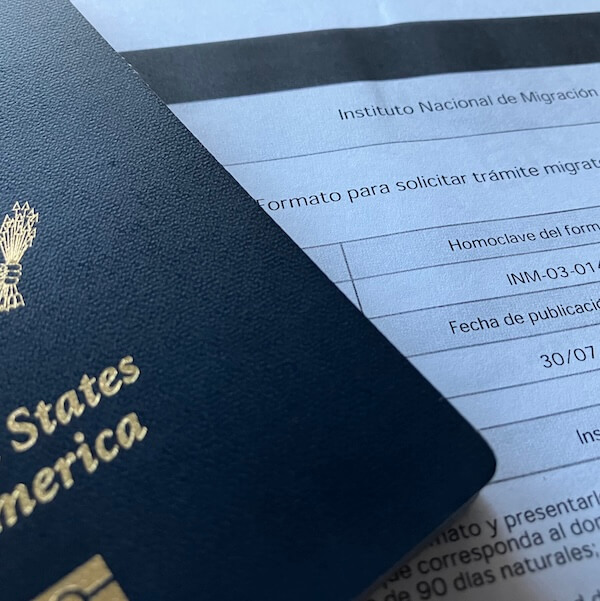

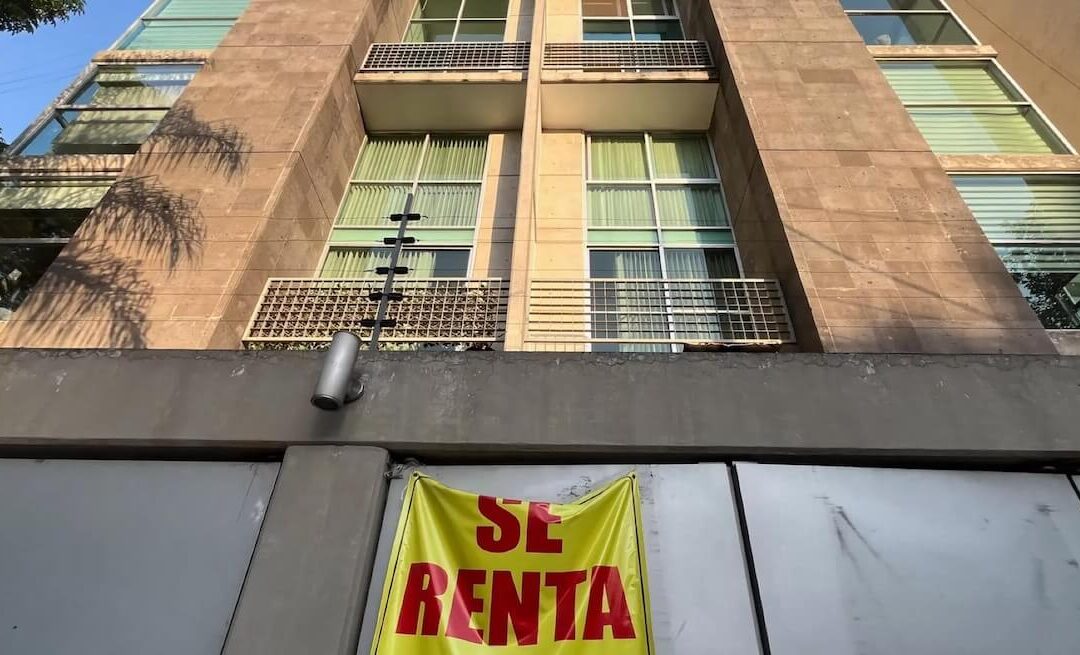
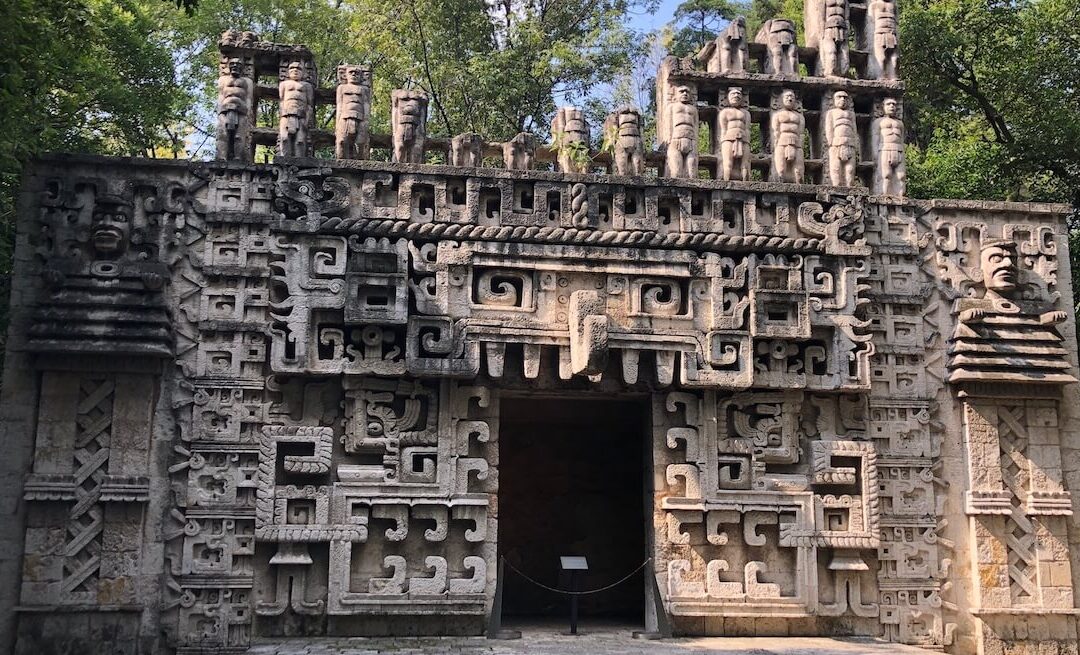
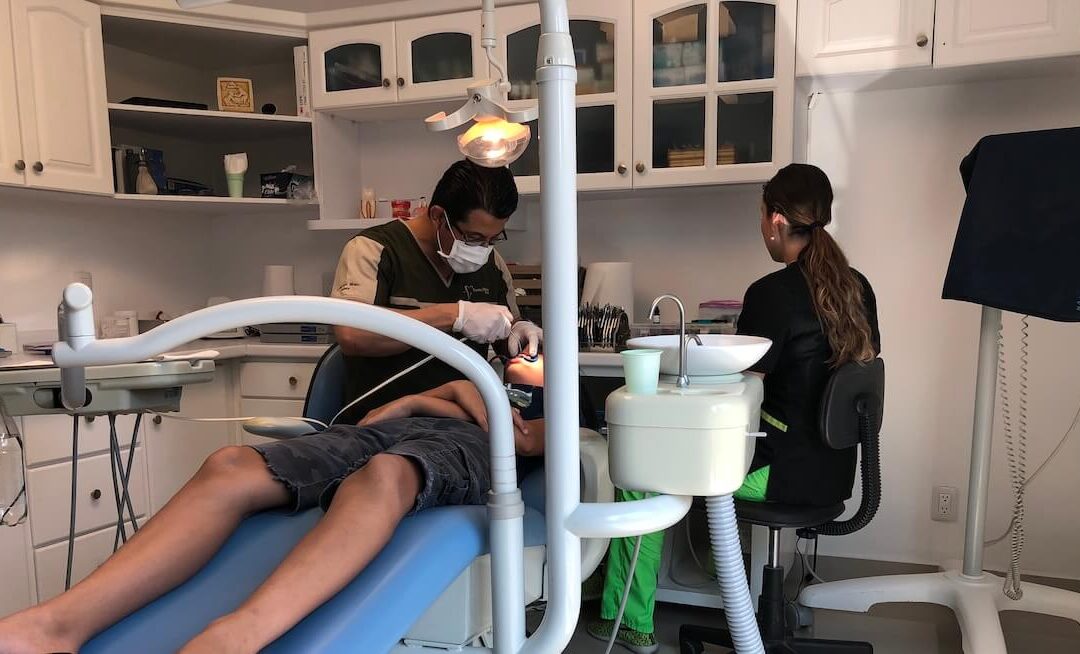
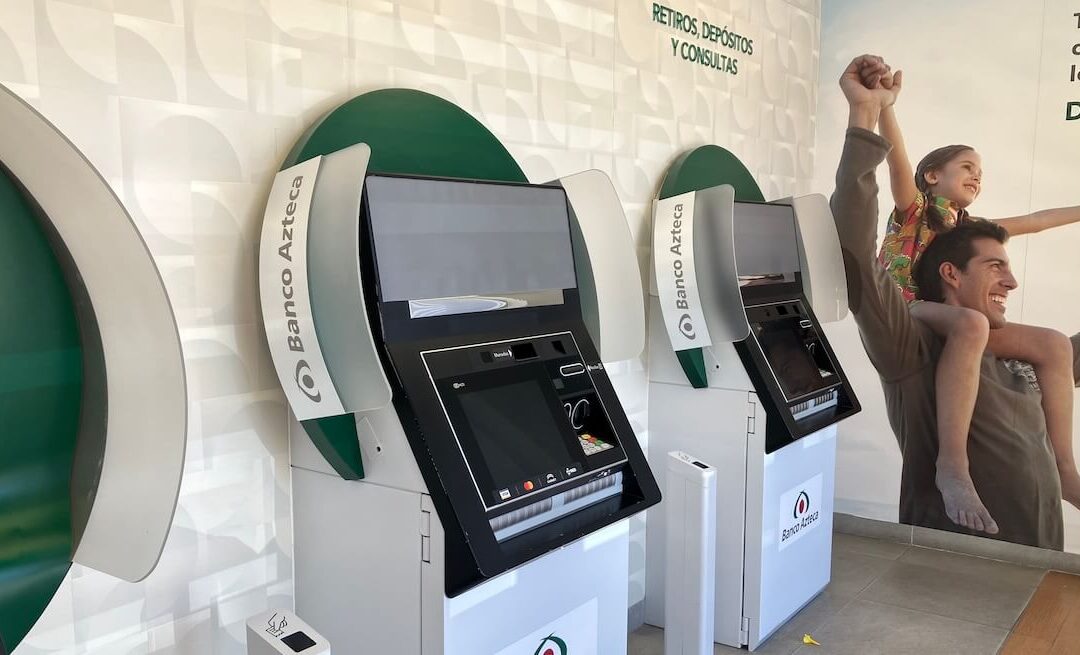
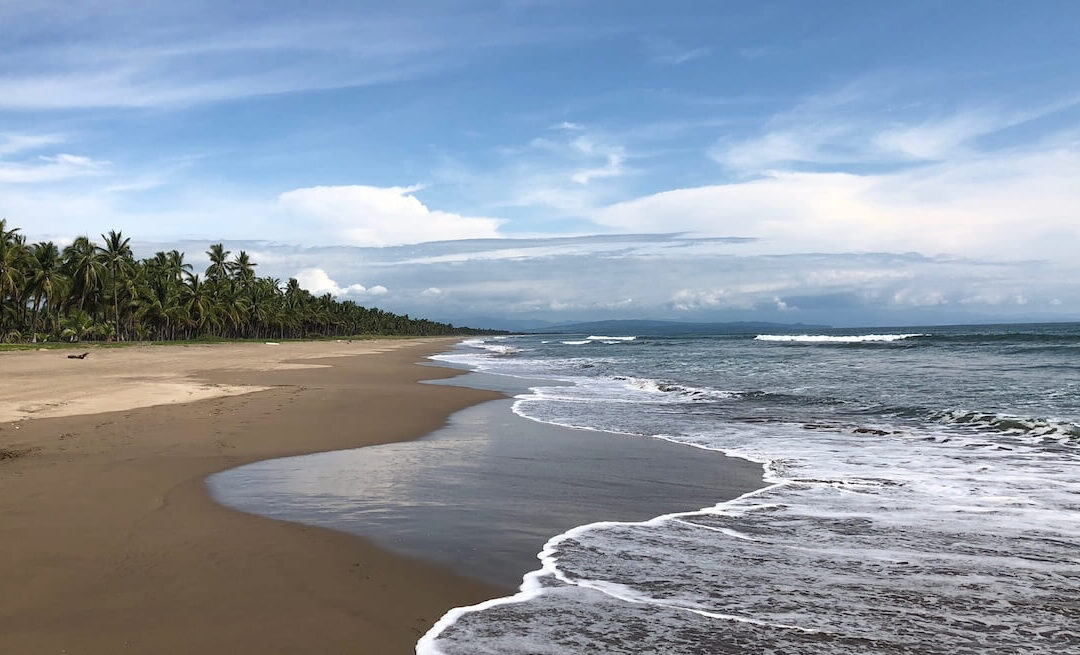
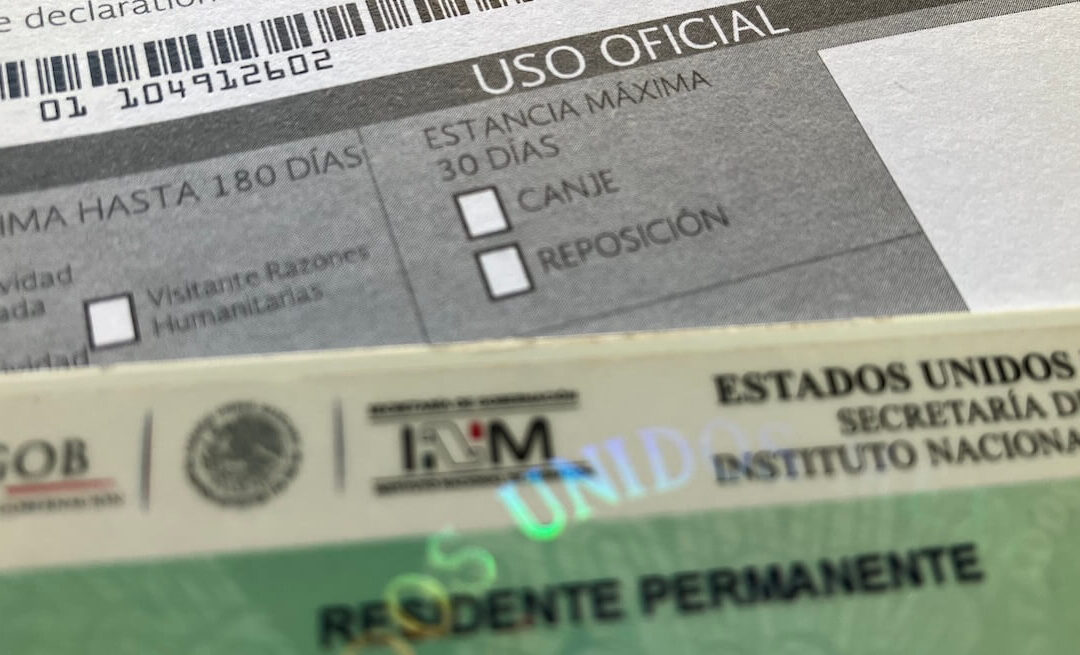
0 Comments